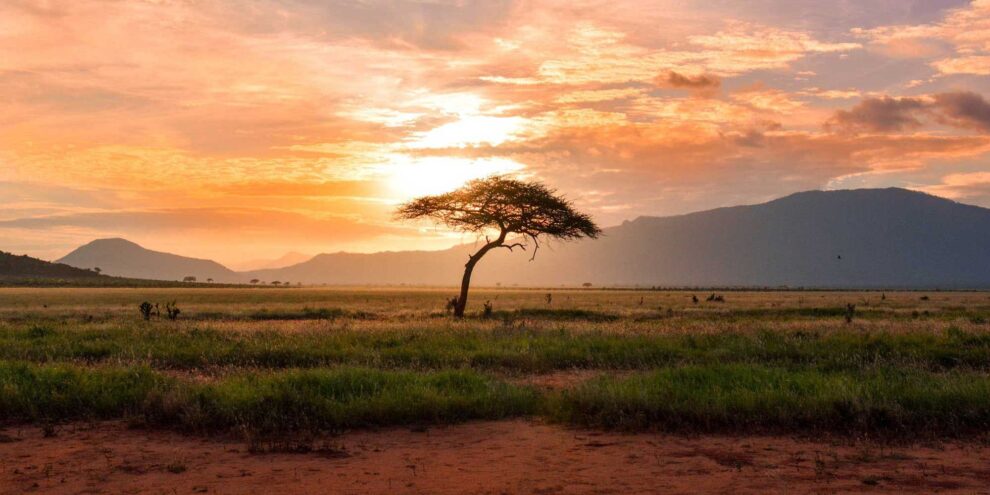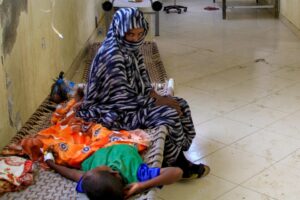• By the end of June, the early stages of the rainfall season are coming to an end, as the region enters its core period from July to September. So far, the 2023 rainy season conditions in West Africa reflect the patterns observed in late May, with overall mixed conditions across the region. While some areas over the central part of region across western Niger, eastern Burkina Faso extended northern Ghana, Cote d’Ivoire and Liberia as well as north-western Senegal, south-western Mauritania, north-western, central and south coastal Nigeria, experienced below normal rainfall, the seasonal rains were normal to above normal in the rest of West Africa. In these areas moderate rainfall deficits were recorded during this period. While especially these deficits in the Sahelian areas, are unlikely to significantly impact the agricultural season, which usually starts a bit later (planting normally occurs towards the month of July), the progression of the rains in these areas will need to be monitored closely.
• Vegetation conditions are below average across a broader area, from central Cameroon – northern Nigeria across northern Benin, to Burkina Faso, western Mali and southern Senegal. Vegetation deficits are particularly pronounced over western Mali, eastern Gambia and southern Senegal. On the other hand, a markedly above average vegetation cover extends over the eastern part of the region across south-eastern Niger, NE Nigeria, far northern Cameroon and Chad. Better than normal vegetation conditions can be observed in parts of central Mali. Water resources are at good levels across most of the Sahel and are improved since late May. However, over southern Mauritania, northern Senegal, far western central Mali, pockets in eastern Burkina and south-eastern Niger, water points are dry or near dry at the end of June.
• The short-term forecasts indicate that by late July (20 July 2023), rainfall improvement will likely be observed in West Africa Region. While the south-eastern part of region (CAR, southern Cameroon, south-eastern Nigeria) as well as the far western part of the region (in Senegal, Gambia, Guinea Bissau, Mauritania and western Mali) will likely be benefited from more favorable conditions, areas over south-western Cote d’Ivoire,, Liberia, northern Ghana, half eastern Niger, northern Mali, northern Chad, NE Nigeria and northern Cameroon could remain drier than average.This rainfall improvement may alleviate the impacts of the early season dryness and lead to more favourable conditions for the start of the growing season.
• According to the 2022 PRESASS seasonal forecast, above average to average seasonal rainfall is expected in the far western Sahel ((Cap Vert, Sénégal, western Guinea and south-western Mauritania) and Central Sahel (Mali and part of northern Burkina Faso) Elsewhere conditions will likely be generally average while average to below average saisonal rainfall will be expected over coastal areas of Gulf of Guinea countries. In the sahelian Belt this likely to result in good crop prospects, but also increasing the risk of flooding in some areas. This is likely to be exacerbated by the ongoing EL Niño events which is likely to develop with 82% probability in May-July and is expected with at least 90 percent chance to continue through February 2024, resulting in the potential shift of rainfall patterns in West Africa. This associated with above-average rainfall across the Sahelian strip in July – August.
• Flood preparedness efforts: the underlying flood risk of admin level 2 areas in river basins that are expected to experience normal to above normal river levels in 2023 highlighted: (1) administrative areas with a medium or high flood risk located in river basins with above average expected river levels in the Gambia basin, the Falémé basin (tributary of the Senegal), the Inner Niger Delta in Mali, the middle Niger river basin, the Komadougou Yobé (In Nigeria), the middle Chari, the Lower Chari-Logone (in Chad and CAR. and (2) administrative areas with a high flood risk located in river basins with average to above average expected river levels in the upper Niger River basin (in Guinea, Côte d’Ivoire and Mali), the upper Chari basin, the Lower Niger, the Bafing and Bakoye sub-basins (Senegal basin), the Mono (Togo and Benin) and Ouémé (Benin) basins and in the upper and western Volta basin. (The admin2 areas to monitor).
• Areas to be monitored : Average to below average over South-Western Cameroon, the southern Nigeria, Benin, Togo, Ghana, Cote d’Ivoire and Liberia in April–June 2023. Below average seasonal rainfall over coastal areas of Gulf of Guinea countries (Sierra Leone, Liberia, Nigéria and Cameroon in June-August 2023.
Source: Relief Web
















